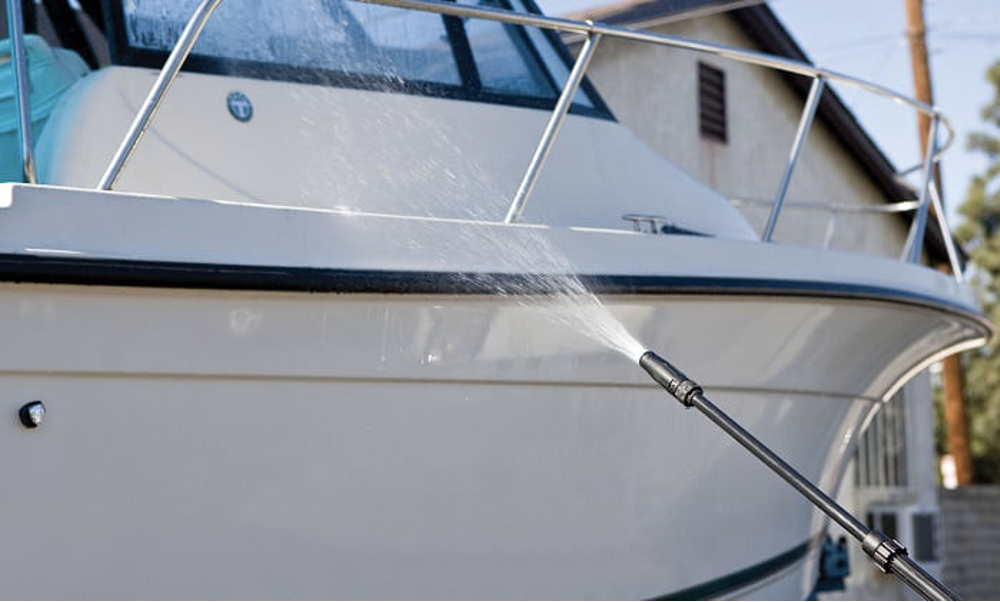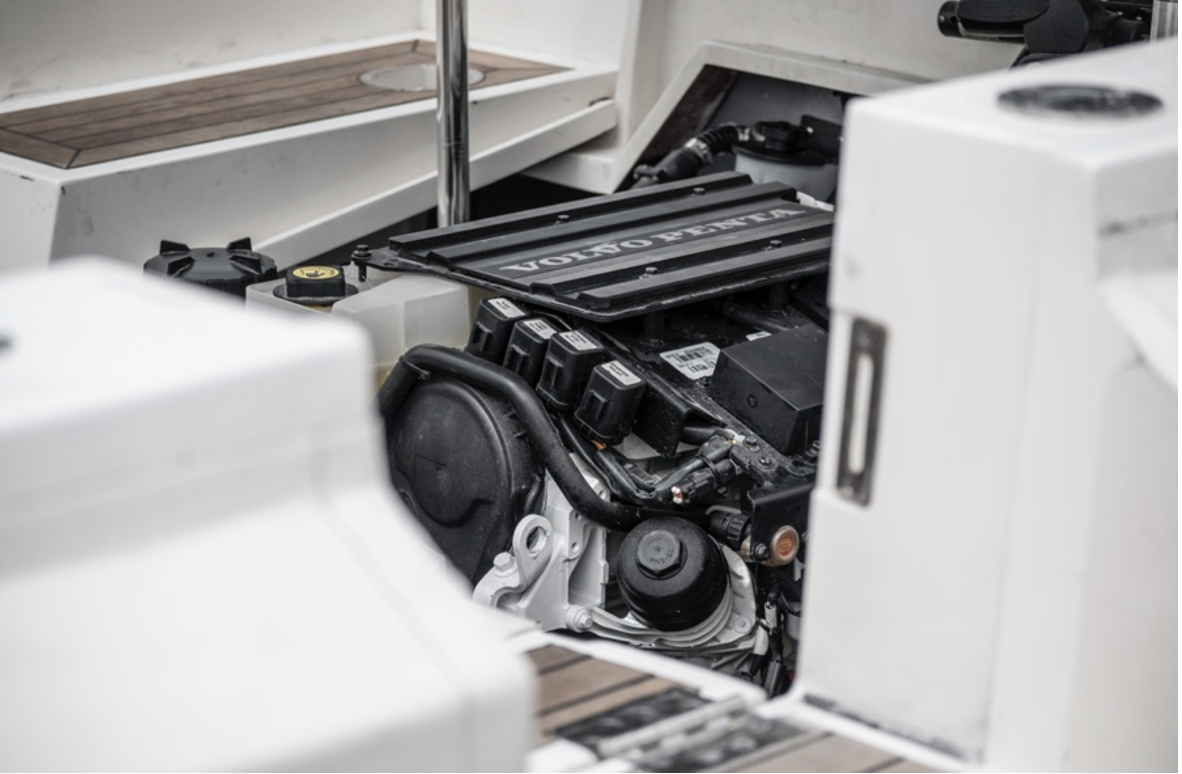Cosset your boat this winter – sail or power.
Of course, you cosset your boat all the time. And if you are a pleasure mariner or indeed one who goes to sea to make a living then your boat is very high on the list for a lot of TLC.
Perhaps this is a sweeping statement but you cannot overdo preparations for winter when putting your boat to bed or keeping her in commission during the winter months.
Obviously, a great deal of how you winterize your boats depends on where she is moored or laid up.
Most of you will have tried and tested regimes, but for some, who are perhaps new to boating, this may be the first time you’ve laid up a boat of any sort, sail or power, dinghy or fifty footer.
So these few words may be of help to you.
MOORING LINES
If you plan to leave your boat afloat it goes without saying that ALL warps should be inspected, perhaps doubled up and checked for correct adjustment. Being a belt and braces person is good. It is not good practice to try to make do with one or two warps to do the job of at least four: bow line, stern line and fore and aft springs. This applies to craft moored to pontoons or docks. Those on swinging moorings have other requirements like room to swing through 360 degrees without hitting obstacles or other moored craft. Don’t forget that as the tide goes down the swinging circle gets larger. Check that the warps will not chafe through on buoy or dock rings. If you are on a drying mooring then check the bottom when the tide is out just to make sure there’s nothing your boat is going to land on as the tide falls.

Make sure your lines are not tight if you are alongside. Leave enough slack, but not too much of course, so that high winds and currents will not cause snatching. Loose but not slack warps will absorb any shocks. The springs are important and should be just that, springs.
And you can fit spring or rubber shock absorbers to your dock lines too if you like.
Damp
Arriving at your boat ashore or afloat to make sure she is safe and shipshape for the winter can be a bit of a shock if you find windows running with condensation and a smell like nothing on earth.
We think one of the most important steps you can take to make sure this doesn’t happen is to get your boat a dehumidifier. They don’t cost the earth and they work magic on the conditions inside your boat.
It’s not just unpleasant to have a smelly and dank boat, it is also damaging to everything from the headlining to the bunks. Of course, there’s always the option of taking all soft furnishing items home for the winter if you have room.
Check your engine oil
It may be the end of your sailing season, but check the oil level anyway. Don’t put it off. Diesel engines usually run and run without giving any trouble, but they do love a change of oil regularly and attention to the associated filters.
Be kind to your engine and it will serve you faithfully.
And don’t forget the engine hours log too for the regular services.
If you have an outboard, either as a back-up on a small yacht, or to power your tender, regular servicing, according to the manufacturers’ instructions, is a must.
Standing and running rigging
If your mast is stepped or un-stepped now is the time to make sure the standing and running rigging is in good repair. Don’t take chances. If any item looks doubtful double check or replace it.
You will have inspected the running and standing rigging at the beginning of the season and probably at intervals too, but now is the time to take any remedial action when the boat is not in use.

Pay attention to terminals, shackles and bottle screws and the deck fittings as well. If you wrap your bottle screws there could be corrosion lurking underneath, so check and re-wrap them if they need it.
Do the sails need the attention of the sailmaker? Are the bolt ropes serviceable? Check the headboard – they can jam. Check the blocks and cleats. Service the winches.
Jobs done now will save time and probably expense too when next season starts.
Test your electronic equipment
These days there is a host of electronic equipment that helps us to make sure we end up where we expect to! Check and test it! Many rely heavily of their electronic navigation equipment so it makes sense to ensure that it works faultlessly. Damp and salty conditions are not the friend of electronics so the dehumidifier will ensure these have the best possible chance of remaining in good operational condition.

Underwater Fittings
Winterising ashore provides a good opportunity to check all the underwater fittings, such as seacocks and rotating logs. These items are out of sight and may be out of mind. If afloat, check the filters and weed traps.
Inspect the hull
Undertake a careful check around the hull for any cracks, chips, blisters or scrapes. Have these repaired especially if you are in for a busy season in 2021.
Ideally you should clean and polish the hull.
Inspect the antifouling. If it is a self-eroding type it may need refurbishing or removing and replacing completely. A pressure washer will save a lot of hard work!
Inspect the safety equipment
Life-jackets are the most basic yet most important form of safety equipment for water users. Many will buy a new life-jacket and expect it to perform well in an emergency, but unfortunately they are often stored badly and left unchecked. The damp salty environment encourages corrosion so make sure you lightly rinse them after use. (Don’t submerge them!) Allow them to dry completely before storing. Make sure you keep a check on the expiry date of the jacket’s internal gas cylinder as well as previous service dates as this is the key to ensuring a life jacket does its job!
Other safety equipment such as liferafts, lifebuoys, man overboard recovery devices, flares and fire extinguishers, should be checked, serviced or replaced if needed.
This list is by no means comprehensive. You know your boat better than we do, so far be it for us to instruct you on how to keep safe.
Yes, some jobs are a chore, others are a pleasure, but chore or pleasure they are all important.
Have a stress-free winter.






